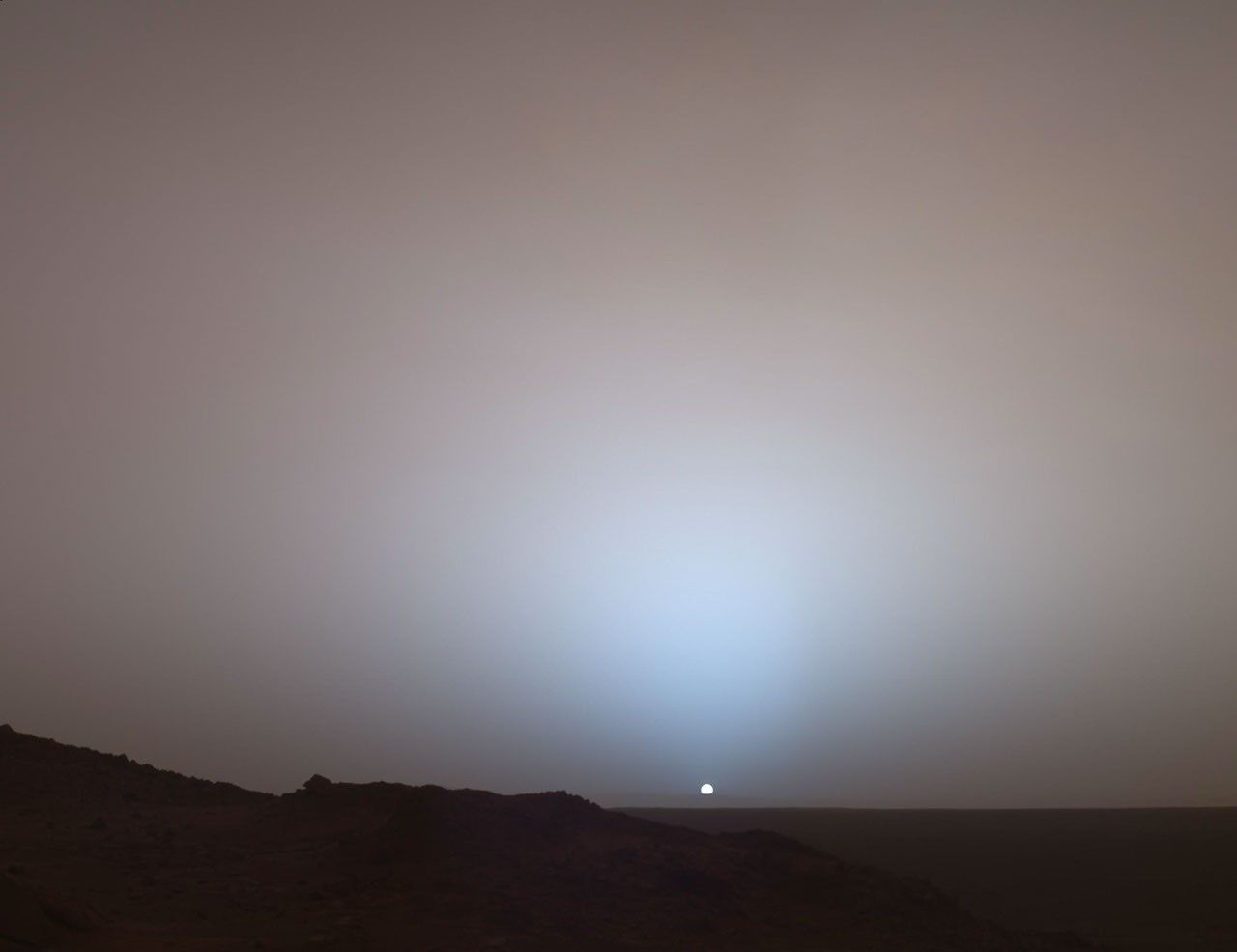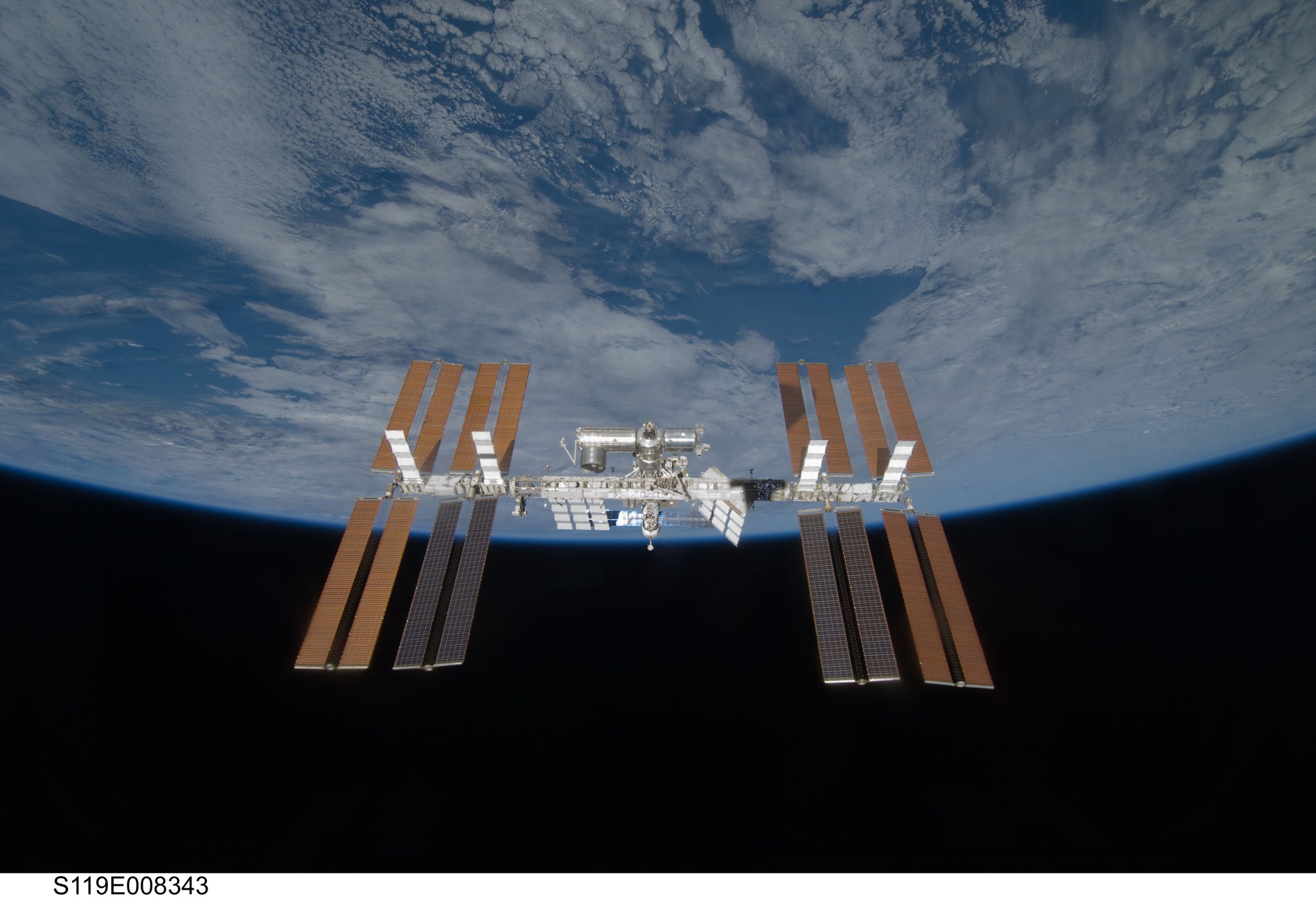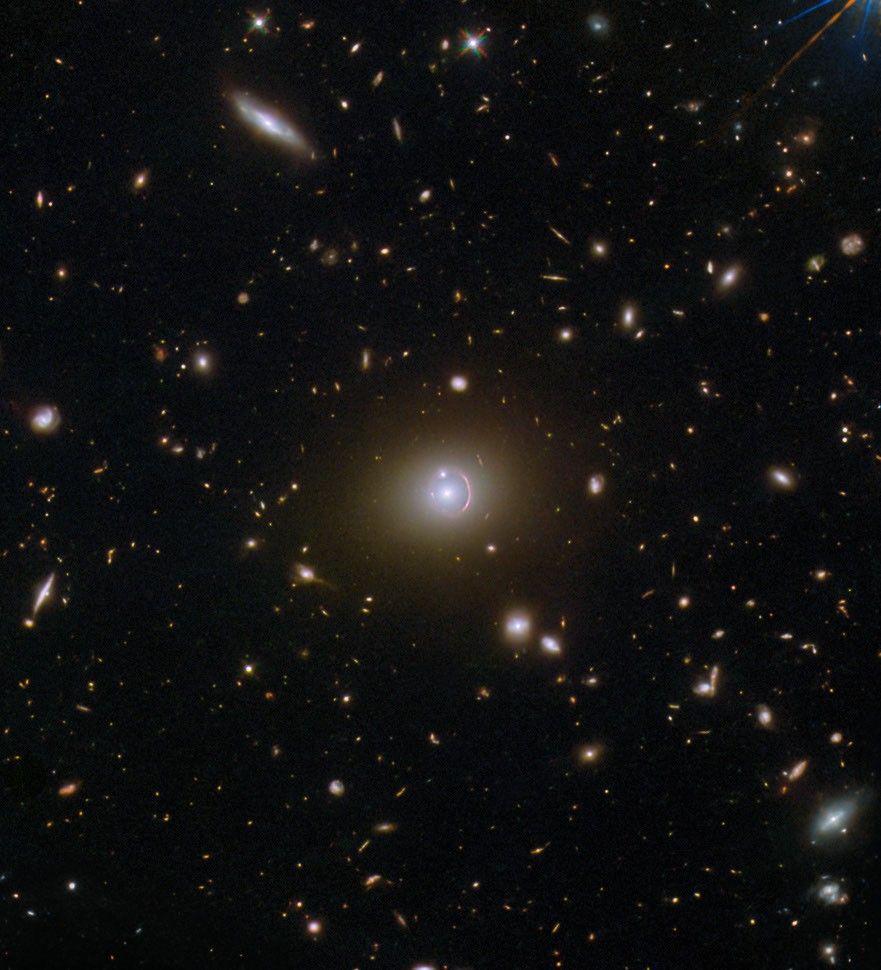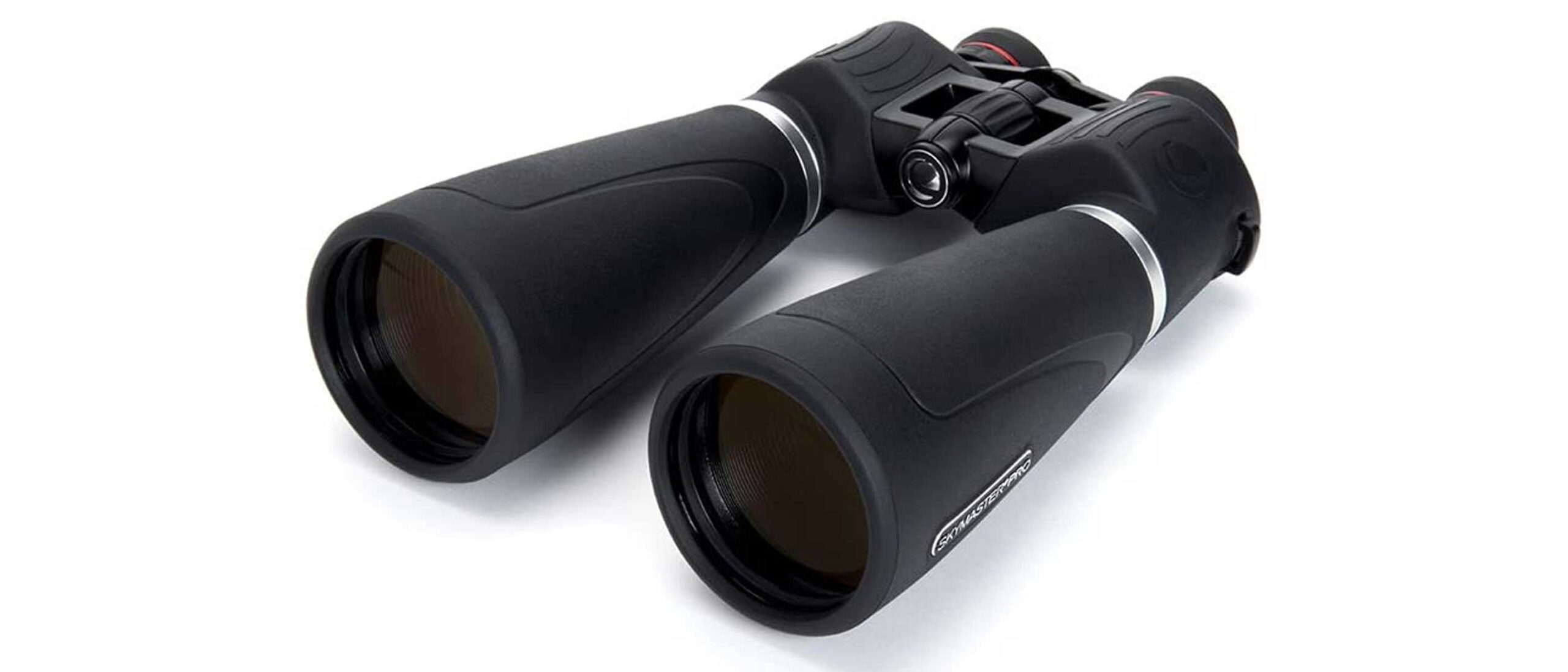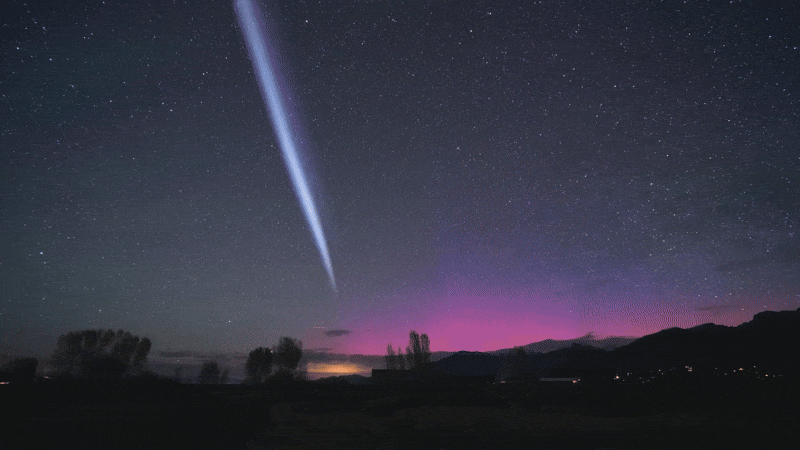NASA/JPL-Caltech/Texas A&M/Cornell NASA’s Mars Exploration Rover Spirit captured this stunning view as the Sun sank below the rim of Gusev crater on Mars 20 years ago. In this image, the bluish glow in the sky above the Sun would be visible to us if we were there, but an artifact of the panoramic camera’s infrared imaging capabilities is that with this filter combination, the redness of the sky farther from the sunset is exaggerated compared to the daytime colors of the Martian sky. Read more about this photo. Image credit:…
Read MoreCategory: Nasa
Nasa
What Is the International Space Station? (Grades 5-8)
This article is for students grades 5-8. The International Space Station is a large spacecraft in orbit around Earth. It serves as a home where crews of astronauts and cosmonauts live. The space station is also a unique science laboratory. Several nations worked together to build and use the space station. The space station is made of parts that were assembled in space by astronauts. It orbits Earth at an average altitude of approximately 250 miles. It travels at 17,500 mph. This means it orbits Earth every 90 minutes. NASA is…
Read More‘We don’t know how bad it could get’: Are we ready for the worst space weather?
Imagine being told a storm is heading your way, but you won’t know how bad the winds are or whether they’ll knock out power until just minutes before it hits. That’s the challenge scientists face when it comes to predicting solar storms. We’ve come a long way in understanding space weather. We can spot solar storm eruptions, track their speed, and estimate when they’ll arrive at Earth, sometimes with up to a day’s warning. However, one critical piece of information remains frustratingly out of reach until the last moment: the…
Read MoreDid Predator just harpoon a plane out of the sky? Oh, count us in for ‘Predator: Killer of Killers’ after this latest trailer (video)
Predator: Killer of Killers | Official Trailer | Hulu – YouTube Watch On With excitement now swirling around Predator: Badlands and chatter of a new Alien vs. Predator crossover ramping up, many sci-fi fans have let Predator: Killer of Killers fly under their radar, but the animated anthology movie is almost here, and its first full trailer promises more than a few quick thrills. Co-directed by Prey‘s Dan Trachtenberg while he also worked on Badlands, this Hulu and Disney Plus exclusive is being sold as the “next evolution of the…
Read MoreHubble Images Galaxies Near and Far
Explore Hubble Hubble Home Overview About Hubble The History of Hubble Hubble Timeline Why Have a Telescope in Space? Hubble by the Numbers At the Museum FAQs Impact & Benefits Hubble’s Impact & Benefits Science Impacts Cultural Impact Technology Benefits Impact on Human Spaceflight Astro Community Impacts Science Hubble Science Science Themes Science Highlights Science Behind Discoveries Hubble’s Partners in Science Universe Uncovered Explore the Night Sky Observatory Hubble Observatory Hubble Design Mission Operations Missions to Hubble Hubble vs Webb Team Hubble Team Career Aspirations Hubble Astronauts Multimedia Multimedia Images…
Read MoreTake a closer look at the moon and galaxies with the SkyMaster 15×70 binoculars from Celestron: Now only $76!
Catch some of the night sky’s beautiful star clusters with these Celestron SkyMaster 15×70 binoculars. Now $43 off at Amazon, they offer a wonderful 15x magnification, perfect for viewing star clusters, galaxies and lunar detail. We featured the Celestron SkyMaster Pro 15×70 binoculars in our best binoculars guide because of their excellent ability to view large, deep-sky objects. You can get these Celestron SkyMaster 15×70 binoculars on sale right now at Amazon for $76. They are part of Celestron’s SkyMaster range, which comes in a range of magnifications but is…
Read MoreAndrea Harrington’s Vision Paves the Way for Lunar Missions
When future astronauts set foot on Mars, they will stand on decades of scientific groundwork laid by people like Andrea Harrington. As NASA’s sample return curation integration lead, Harrington is helping shape the future of planetary exploration and paving the way for interplanetary discovery. Official portrait of Andrea Harrington. NASA/Josh Valcarcel Harrington works in NASA’s Astromaterials Research and Exploration Sciences Division, or ARES, at Johnson Space Center in Houston, where she integrates curation, science, engineering, and planetary protection strategies into the design and operation of new laboratory facilities and sample…
Read MoreSols 4541–4542: Boxwork Structure, or Just “Box-Like” Structure?
Curiosity Navigation Curiosity Home Mission Overview Where is Curiosity? Mission Updates Science Overview Instruments Highlights Exploration Goals News and Features Multimedia Curiosity Raw Images Images Videos Audio Mosaics More Resources Mars Missions Mars Sample Return Mars Perseverance Rover Mars Curiosity Rover MAVEN Mars Reconnaissance Orbiter Mars Odyssey More Mars Missions Mars Home 3 min read Sols 4541–4542: Boxwork Structure, or Just “Box-Like” Structure? NASA’s Mars rover Curiosity acquired this image using its Left Navigation Camera on May 14, 2025 — Sol 4539, or Martian day 4,539 of the Mars Science…
Read MoreWebb Finds Icy Disk
Webb has found crystalline water ice in a debris disk around a young, Sun-like star called HD 181327. Based on its presence in our own solar system, scientists have expected to see it in other star systems — but haven’t had sensitive enough instruments to provide definitive proof until now.
Read MoreMysterious white streak spotted over US skies during surprise aurora storm. What was it? (photos)
The night sky offered lucky skywatchers an unexpected double feature on May 17 — a surprise geomagnetic storm and a mysterious white plume slicing through the auroras. The moderate (G2 class) geomagnetic storm came as quite a surprise, kicking off early Friday (May 16) after Earth caught the glancing blow of a coronal mass ejection (CME). The CME was launched during a colossal filament eruption on May 12 from the sun’s northern hemisphere. Initially expected to miss Earth, the “bird-wing” ejecta was wider than predicted, with some of the material…
Read More